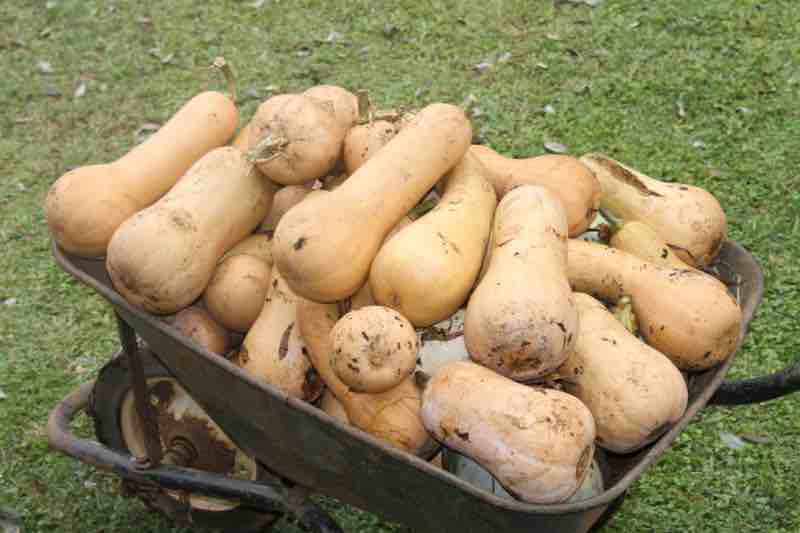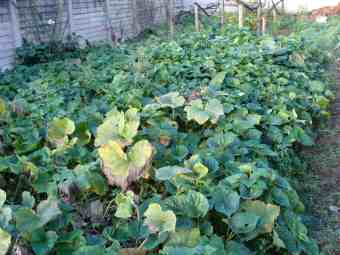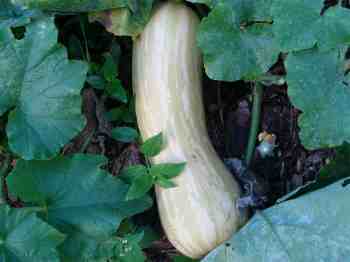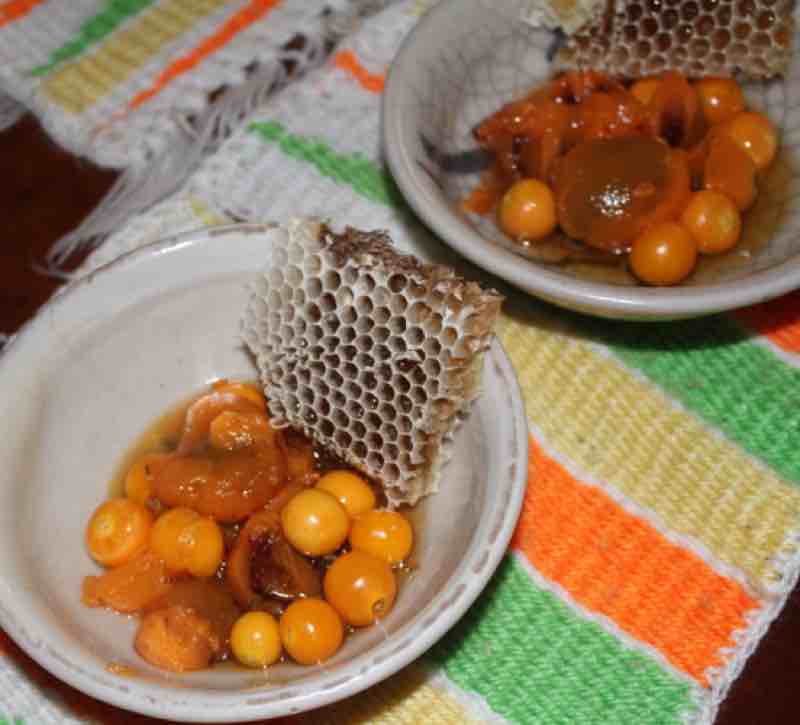- Bernard Preston homepage
- Coloured foods
- Yellow and Orange Foods for Better Health
Yellow and orange foods for better health
Yellow and orange foods for better health provide beta-carotene and other important phytonutrients.
Good morning and welcome again to this journey through the coloured foods that we should be enjoying on a daily basis if we desire to live long in the land. Today it’s about the yellows and oranges.
Let me preface today’s talk by acknowledging that much about wellness remains mystery. Now we see through a glass darkly; only later shall we meet with God and have answers to our questions.
People in poor health consult me daily for one reason or another, many of them Christians; there really is nothing simple about the subject.
Yet the research is unequivocal; those who apply these principles shift the odds in their favour.
Today let’s consider the role of pumpkin and butternut in the life of the diabetic; nearly a half of people eating the modern industrial diet are suffering from insulin-resistance.
They either have or are on the fringe of type-2 diabetes.

Again let me emphasise here that we are talking about prevention. Once you have frank disease careful management by a health professional is essential.
But it’s interesting that researchers have found that the vast majority of type-2 diabetics can be brought completely into remission without the use of any medication by changes of lifestyle alone[1].
Key are three phytonutrients found in the curcbit family; they are beta-carotene, trigonelline and vitamin B3. Pumpkin has been used for centuries in the management of diabetes.
40% of diabetics suffer from “vision threatening retinopathy.”
 Butternut and sweet potato patch
Butternut and sweet potato patchBeta-carotene
Beta-carotene gives carrots and butternuts their yellow colour. In the liver it is split into two vitamin A molecules. It is absolutely vital in the formation of compounds in the retina of the eye.
UNICEF estimates that at least a million children under the age of 4 die annually from blindness caused by a deficiency of vitamin A; and many more adults.
Provitamin A would be more scientifically accurate.
"Greater carotenoid levels in the macular pigment were largely associated with improved visual performance in glaucomatous eyes."
- Nutrients. June, 2021
Trigonelline and vitamin B3
Scientists have found that it is two compounds, trigonelline and vitamin B3 in the pumpkin family that enable the liver to lower the levels of blood glucose; to the extent that with other simple interventions most type-2 diabetics could get entirely off their medication.
This is complicated and not to be covered in a five minute talk obviously but it includes simple interventions like taking a short ten minute walk after every starchy meal, absolutely keeping refined carbs like cake flour only for high and holy days.
Yes, Shrove Tuesday is just around the corner; we’ll allow one pancake but make sure you have it with a feta and spinach filling; and perhaps some butternut soup mixed into the dough.
Sugar too obviously comes into the equation; six or less teaspoons per day according to the Heart Association.
Small helpings of starch
 Big butternuts make many helpings of starch.
Big butternuts make many helpings of starch.Other interventions would be for example keeping the glycemic load of our meals down; small portions of carbs and certainly only one starch if you suspect you may be insulin resistant. If you are having a mealie for lunch, then no bread. Chronically raised blood glucose inflames the linings of our arteries.
Yet another is to make the interval between supper and breakfast as long as possible; it’s known as “time-restricted fasting.”
Difficult for many of us, but for those who want to get off their metformin and insulin it means a return to a plant-based diet. That doesn’t mean no meat, just the inclusion of beans, peas or lentils every day in our food; and plenty of coloured fruits and vegetables.
Much has to do with what is known as satiety; enjoying those meals that give us a steady supply of glucose so we have no desire to go snacking on cookies at tea time.
More protein and fat
And for the older person rather more protein, particularly from legumes and the good fats; for example olive oil and avocados. The scientists are still arguing about whether butter is back or not, though they agree that margarine is definitely out.
Orange peppers by the way are the richest source of zeaxanthin that we talked about on Tuesday; the nutrient that along with lutein helps prevent adult-onset blindness.
Not unimportant too is that plenty of beta-carotene in the diet increases the absorption of iron from our food nearly three times. Never take it in supplements by the way; it increases the prevalence of some cancers. “Tired all the time syndrome” affects nearly 80% of women in some Western countries.
All of this I believe is a very spiritual subject. It’s all about caring for the temple where Almighty God dwells; your body. If you’re not convinced, read 1 Corinthians 3 again.
So to summarise, make sure you are eating yellow and orange foods regularly; and preferably daily. Freshly squeezed orange juice with the pulp is another example. OJ from a carton is definitely out; it’s moderately glycemic.
Many gardens have plenty of cape gooseberries and granadillas, but therein lies another controversy. SA has almost no indigenous fruit and many of the exotics are invasive.
Watching over God’s planet and caring for his temples is what this is all about. Alas there is nothing simple about it but we are called upon to do our own small part.
God bless you today as you think prayerfully about things; they are important to our own wellness and that of Mother Earth. Tomorrow we will talk about the purple foods that we should be enjoying regularly.

Yellow and orange foods for better health
Yellow and orange foods for better health have been used for centuries as a natural remedy for diabetes; all about trigollenine and niacin.
- Food as medicine
- Beta carotene to prevent blindness
- Beta-carotene supplements and lung cancer in smokers
- Zeaxanthin macular degeneration. Web: https://tinyurl.com/3mw4a7pp
Coloured foods for better health
From the horse's mouth
Newsletter
Our newsletter is entitled "create a cyan zone" at your home, preserving both yourself and Mother Earth for future generations; and the family too, of course. We promise not to spam you with daily emails promoting various products. You may get an occasional nudge to buy one of my books.
Here are the back issues.
- Lifestyle and ideal body weight
- What are ultra-processed foods?
- Investing in long-term health
- Diseases from plastic exposure
- Intensive lifestyle management for obesity has limited value
- A world largely devoid of Parkinson's Disease
- The impact of friendly bacteria in the tum on the prevention of cancer
- There's a hole in the bucket
- Everyone is talking about weight loss drugs
- Pull the sweet tooth
- If you suffer from heartburn plant a susu
- Refined maize meal and stunting
- Should agriculture and industry get priority for water and electricity?
- Nature is calling
- Mill your own flour
- Bake your own sourdough bread
- Microplastics from our water
- Alternative types of water storage
- Wear your clothes out
- Comfort foods
- Create a bee-friendly environment
- Go to bed slightly hungry
- Keep bees
- Blue zone folk are religious
- Reduce plastic waste
- Family is important
- What can go in compost?
- Grow broad beans for longevity
- Harvest and store sunshine
- Blue zone exercise
- Harvest and store your rainwater
- Create a cyan zone at your home
Did you find this page interesting? How about forwarding it to a friendly book or food junkie? Better still, a social media tick would help.
- Bernard Preston homepage
- Coloured foods
- Yellow and Orange Foods for Better Health
Address:
56 Groenekloof Rd,
Hilton, KZN
South Africa
Website:
https://www.bernard-preston.com